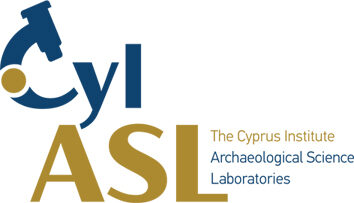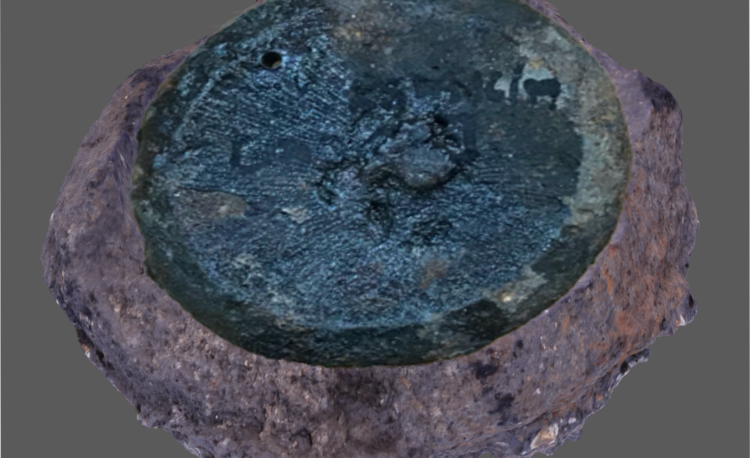For the last two to three millennia, iron and steel are of fundamental importance for many cultures in the Old World, and the study of their production is an established branch within archaeological science. The production of crucible steel prior to the Industrial Revolution has attracted particular interest, both from a material perspective and for its significant culture-historical importance. For more than fifty years, archaeometric attempts were undertaken to comprehend the origin and production of crucible steel ingots, their annealing and forging techniques, and trade networks in the ancient world. The existing archaeometallurgical scholarship has identified two distinct industries, one of late 1st to early 2nd millennium AD Central Asian production (Uzbekistan, Turkmenistan, and Iran), and one of predominantly later 2nd millennium AD South Asian occurrence (India and Sri Lanka). Although considerable data has been published in the case of Telangana, a major production region in south-central India, no production context has yet come to light which is the principal aim for the study of all crafts technologies. The artefacts forged from crucible steel are difficult to provenance due to permissions and protocols involved in accessing samples, and with barely any chance of invasive analysis, the technical aspects are less easily determined. Further challenges include the translation and interpretation of the available historical literature which is often ambivalent and contextualizing the production sites overall. To compensate for the ambivalent historical literature, a unified interdisciplinary approach using archaeological science is sought to execute the attempt of constructing a more concrete narrative of crucible steel production in the south-central region of India.
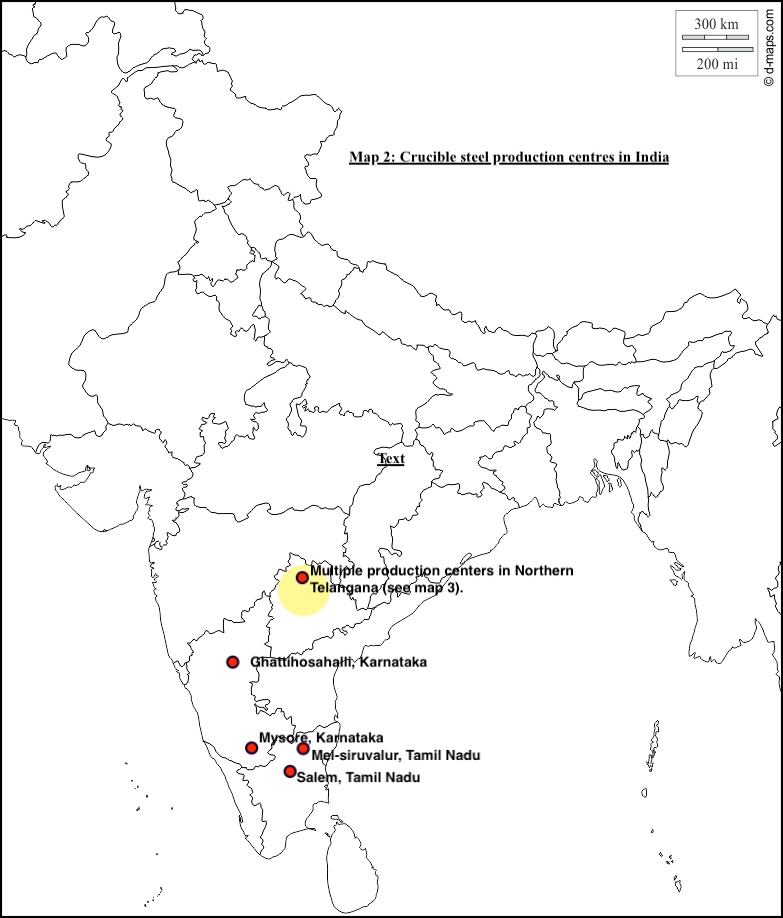
India has been a significant participant in the production of iron and steel in the Old World. The reputation of the ancient Indian iron industry is testified by the Delhi Iron Pillar erected between the 4th-5th centuries CE, the iron beams at the Sun temple at Konark in Orissa and the iron pillar at Mookambika temple at Kollur. From at least 350 CE the craftsmen were capable of producing iron that could withstand corrosion due to the high phosphorus content in the iron (Balasubramaniam 2000). Whether the iron was manipulated to increase its phosphorus content or if it was purely accidental is still questionable. While this study restricts addressing iron production but does investigate it when it is relevant to crucible steel production.
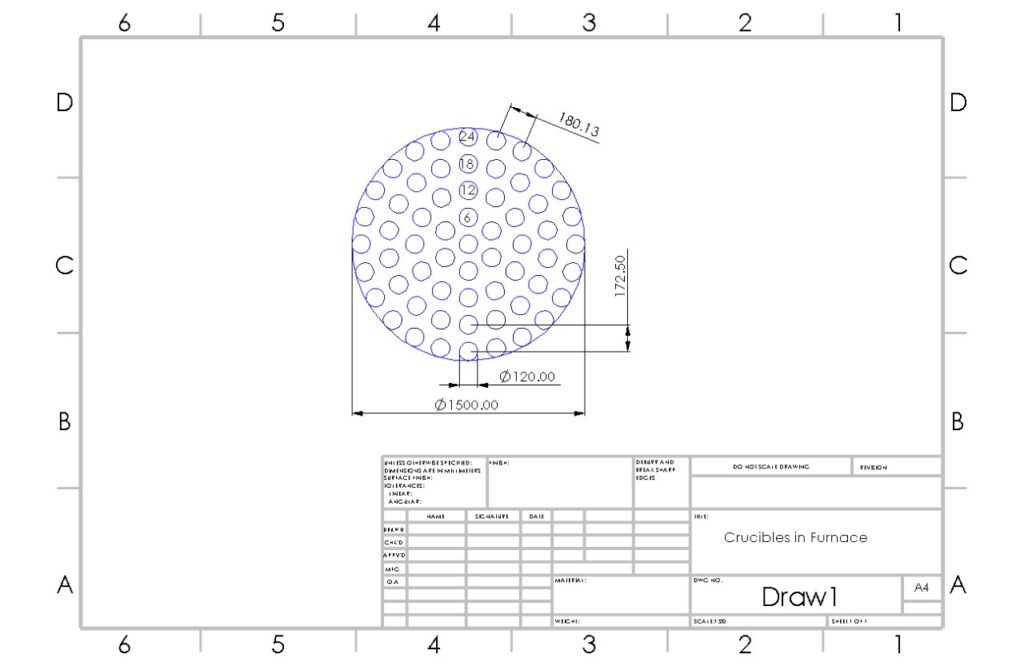
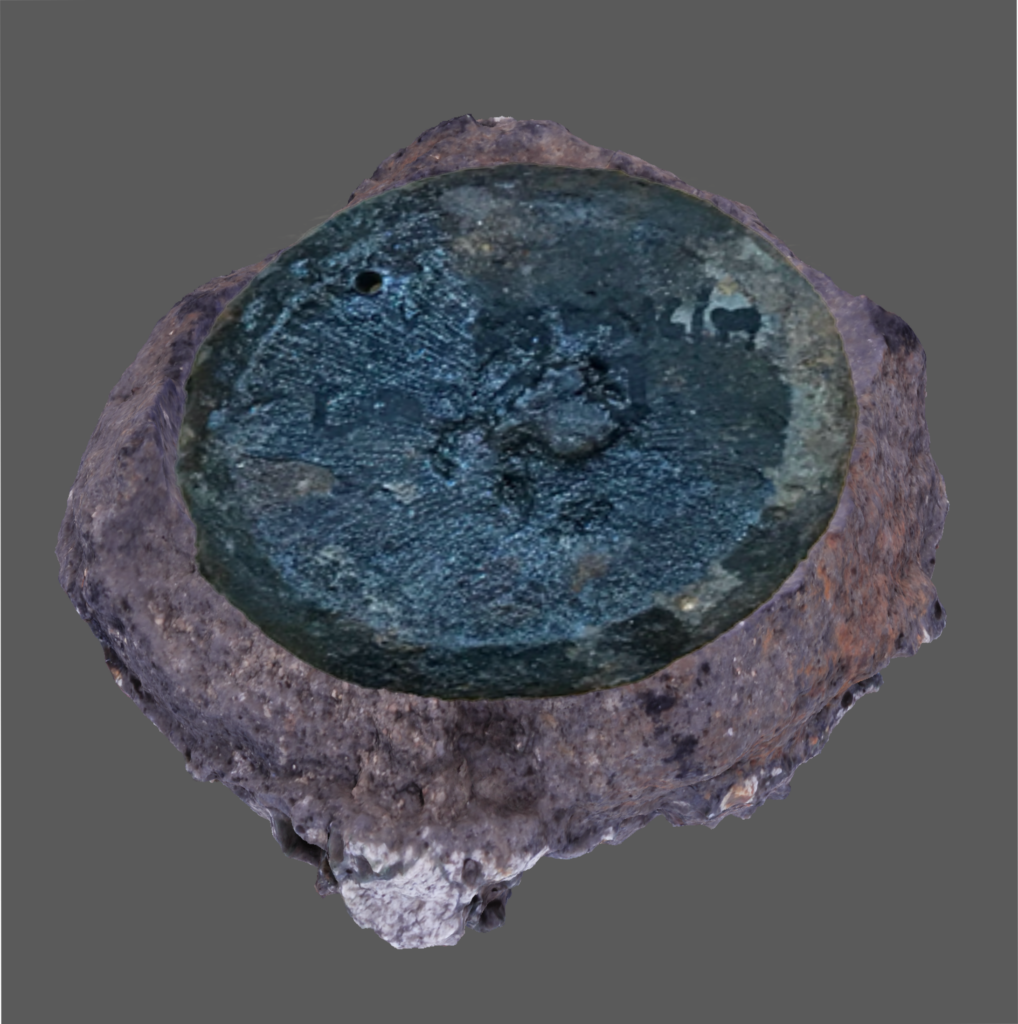
Bronson (1986) in his study points out the four different methods of crucible steel production. He goes as far as declaring the crucible steel production method in Telangana entirely different from the other parts of South India. In the current study, attention is given to Bronson’s argument by examining the material from various sites in Telangana. The visual inspection of various material finds from Telangana aappear to support his argument but without any significant narrative holds minimum value. The results will aid in understanding underlying cultural variations. Analytically, characterization techniques will quantify the elemental composition of all physical remains of the chaîne opératoire. It is proposed to discuss the tangible combinations of the studies in ore mineralogy, ceramic fabric composition and functionality, and intangible factors like time, temperature, preferences, selection, and other critical processes incorporated in the Telangana crucible steel production. From a wider perspective, the study aims to contribute to determining the place of Telangana in the wider crucible steel production narrative which has recently emerged from Central Asia and Iran (Rehren & Papachristou 2003; Alipour & Rehren 2014).
Further reading Jaikishan, S., Desai, M., Rehren, Th. (2021). A journey of over 200 years: early studies on wootz ingots and new evidence from Konasamudram, India. Advances in Archaeomaterials, Volume 2, Issue 1, June 2021, Pages 15-23.
sciencedirect.com/science/article/pii/S2667136021000029
